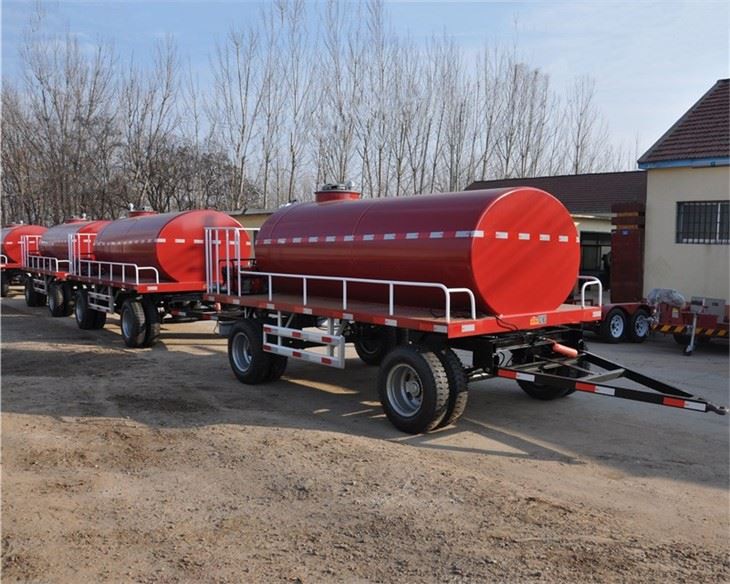Trash compactors have become essential appliances for many households and businesses, streamlining waste management and maximizing space efficiency. However, they require specific parts to function correctly. In this guide, we will delve into the various trash compactor parts, their functions, maintenance tips, common problems, and solutions. Let’s get started!
Understanding Trash Compactors
Before we look into the parts, it’s essential to understand how a trash compactor operates. A trash compactor helps reduce the volume of waste by compressing it into a smaller, manageable form. This not only saves space but also makes the trash easier to handle and dispose of.
How Does a Trash Compactor Work?
Trash compactors use a motorized ram to compress waste, utilizing mechanical pressure to reduce trash volume. Let’s break down the main components.
Key Components of a Trash Compactor
- Motor: Powers the compaction process.
- Ram: Moves down to compress the trash.
- Compaction Plate: The surface that contacts the trash and compacts it further.
- Cabinet: The body that houses all the components.
- Door: Provides access to load trash and remove the compacted waste.
Essential Trash Compactor Parts
The efficiency of a trash compactor heavily relies on its various parts. Understanding these components can help in troubleshooting issues and maintaining the machine effectively.
1. Trash Compactor Motor
The motor is the heart of the trash compactor, responsible for powering the entire system.
Common Motor Issues
- Motor Won’t Start: Check the power supply or switch.
- Overheating: Inspect for blockages or mechanical issues.
2. Compaction Ram
The compaction ram pushes down on the waste, compacting it into a dense form.
Signs of Ram Problems
- Inadequate Compaction: Food debris might be lodged in the ram.
- Unusual Noises: May indicate that the ram is misaligned.
3. Compaction Plate
The compaction plate is utilized in the trash compaction process and is crucial for maintaining efficiency.
Maintaining the Compaction Plate
Regularly clean the plate to prevent residue build-up, which could hinder the compression process.
4. Door Mechanism
The door of the trash compactor gives access for loading and unloading trash. It must close tightly for proper operation.
Door Issues
- Door Won’t Close: Check for obstructions.
- Door Seal Maintenance: Replace worn seals to prevent leaks.
5. Control Panel
The control panel manages the efficiency and operational settings of the compactor.
Control Panel Troubleshooting
- No Power: Inspect fuses and connections.
- Unresponsive Buttons: Clean any debris around the buttons.
6. Compacting Bin
The compacting bin collects compacted waste and is an essential part of the trash compactor.
Emptying the Bin
Always ensure you empty the bin when it’s full to prevent overloading and mechanical issues.
Maintenance Tips for Trash Compactor Parts
Proper maintenance can prolong the life of your trash compactor and its parts. Here are some practical tips:
Regular Cleaning
Keep all components clean, especially the compaction plate and bin. This prevents residue build-up that can cause malfunctions.
Lubrication
Apply lubricant to moving parts like the ram and door hinges to ensure smooth operation.
Inspecting Electrical Connections
Regularly check wiring and connections for any signs of wear or damage to prevent electrical issues.
Common Problems and Troubleshooting Trash Compactor Parts
Understanding common issues with trash compactor parts can help you troubleshoot effectively.
Problem 1: Trash Compactor Won’t Work
- Check the power supply and reset the circuit.
- Inspect the control panel for issues and ensure buttons are functioning.
Problem 2: Inconsistent Compaction
- Ensure the compaction bin is not overloaded.
- Check for mechanical issues with the ram or plate.
Problem 3: Excessive Noise During Operation
- Inspect the ram and plate for misalignments.
- Check for loose or damaged parts affecting operation.
Buying Replacement Parts for Trash Compactors
When you need to replace parts, knowing where to get them is essential.
Authorized Dealers
Consider purchasing from authorized dealers to ensure you receive genuine parts compatible with your model.
Online Retailers
Online platforms like Amazon, eBay, and specialized appliance part sites often have a wide selection of parts at competitive prices.
Cost of Trash Compactor Parts
The cost of parts can vary significantly based on the manufacturer and type. Here’s a general price range for common parts:
| Part | Price Range |
|---|---|
| Motor | $100 – $300 |
| Compaction Ram | $50 – $150 |
| Control Panel | $30 – $100 |
| Door Seal | $10 – $30 |
| Compaction Plate | $20 – $60 |
Frequently Asked Questions (FAQs)
1. How often should I clean my trash compactor?
Regularly clean your trash compactor every month or after every major use to keep it functioning efficiently.
2. Can I replace trash compactor parts myself?
Yes, many parts can be replaced by handy homeowners. Always refer to the manual for guidance.
3. How do I know when to replace the motor?
If your trash compactor frequently overheats or doesn’t start, it may be time for a replacement.
4. Is it worth repairing my old trash compactor?
It typically makes sense to repair if the cost of parts and labor is less than purchasing a new unit.
5. Can I use a trash compactor for food waste?
Many compactors can handle food waste, but be sure to consult your user manual for specific guidelines.
6. What are the advantages of using a trash compactor?
Trash compactors save space, reduce waste volume, and can minimize odor from waste materials.





